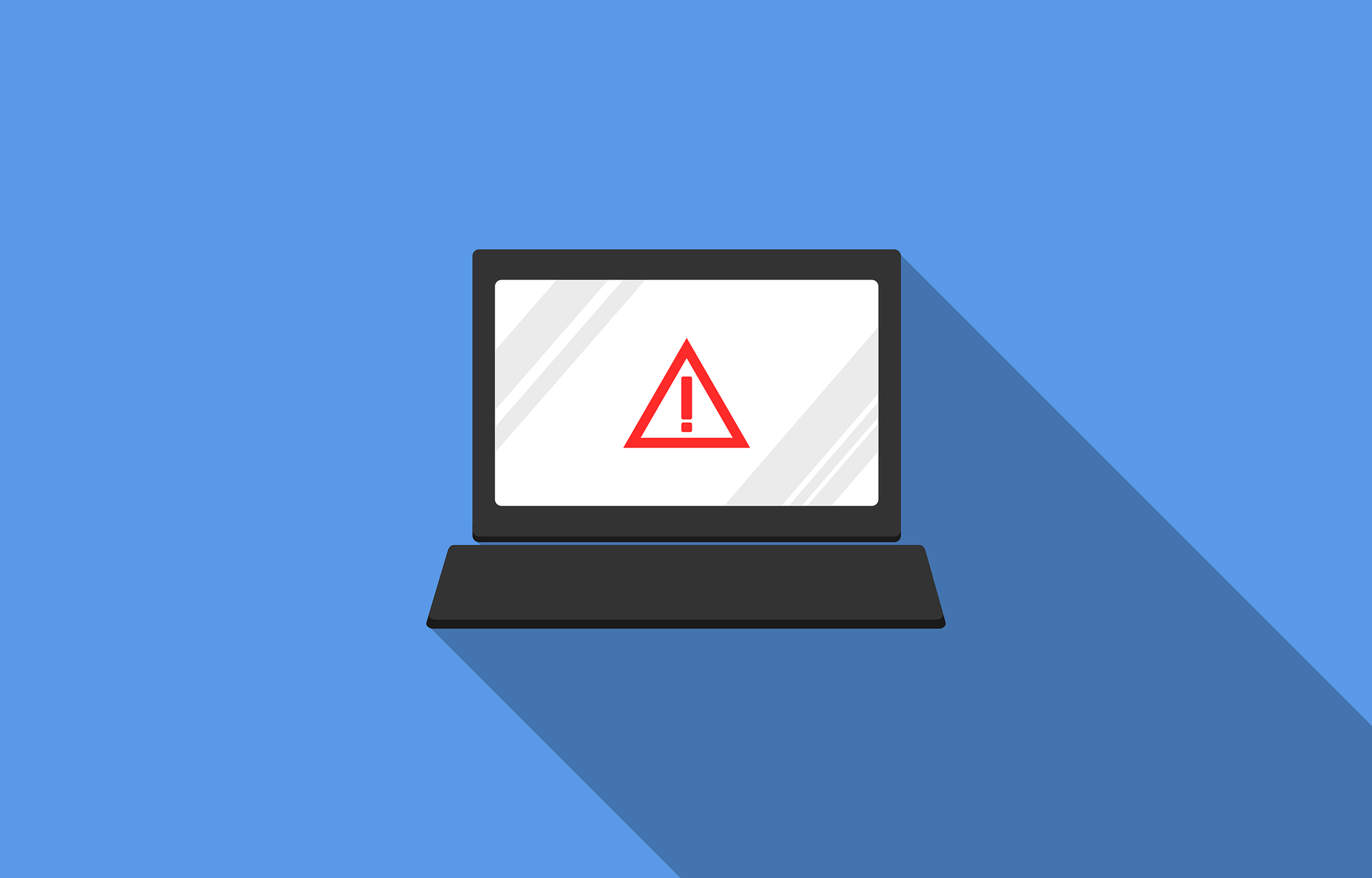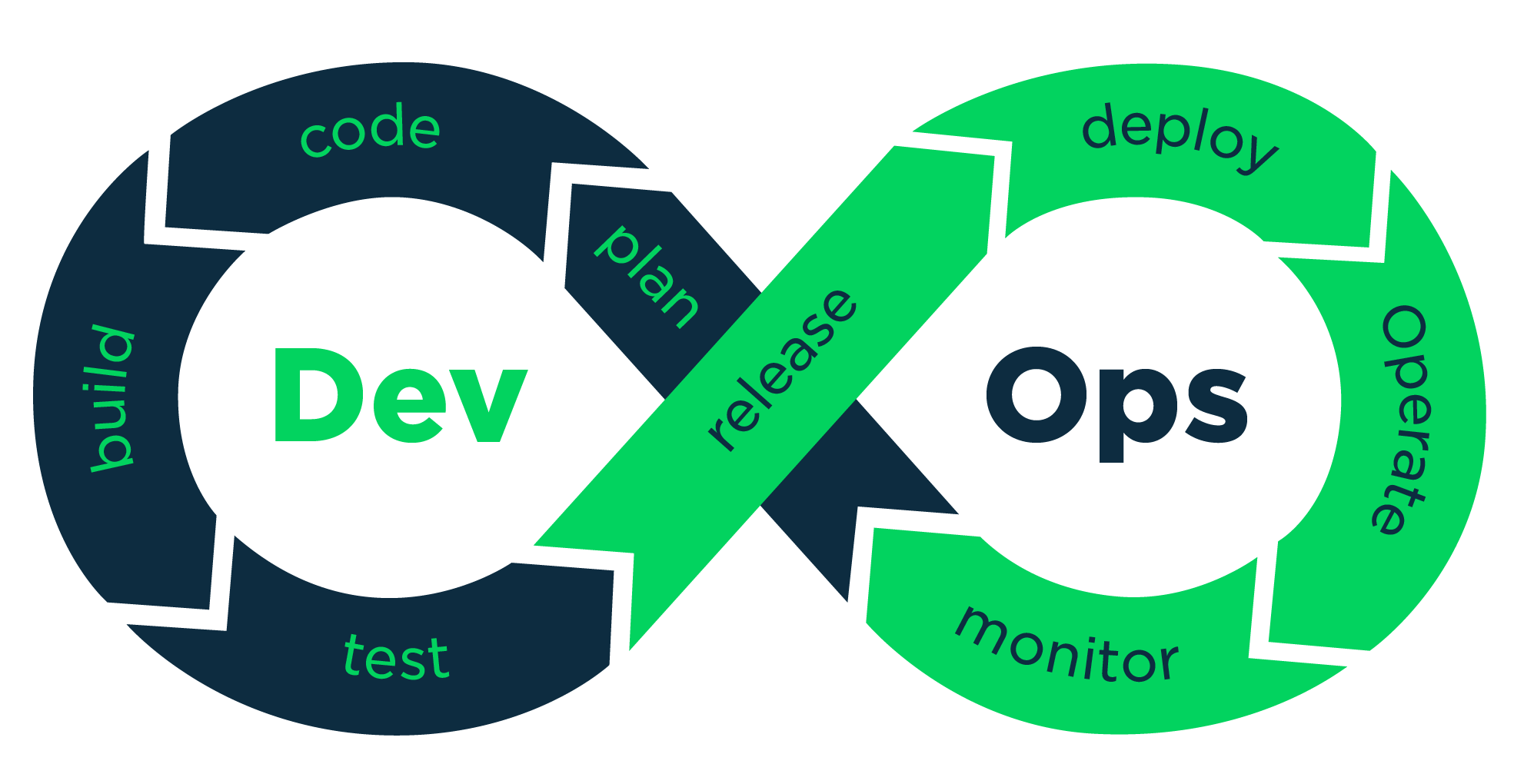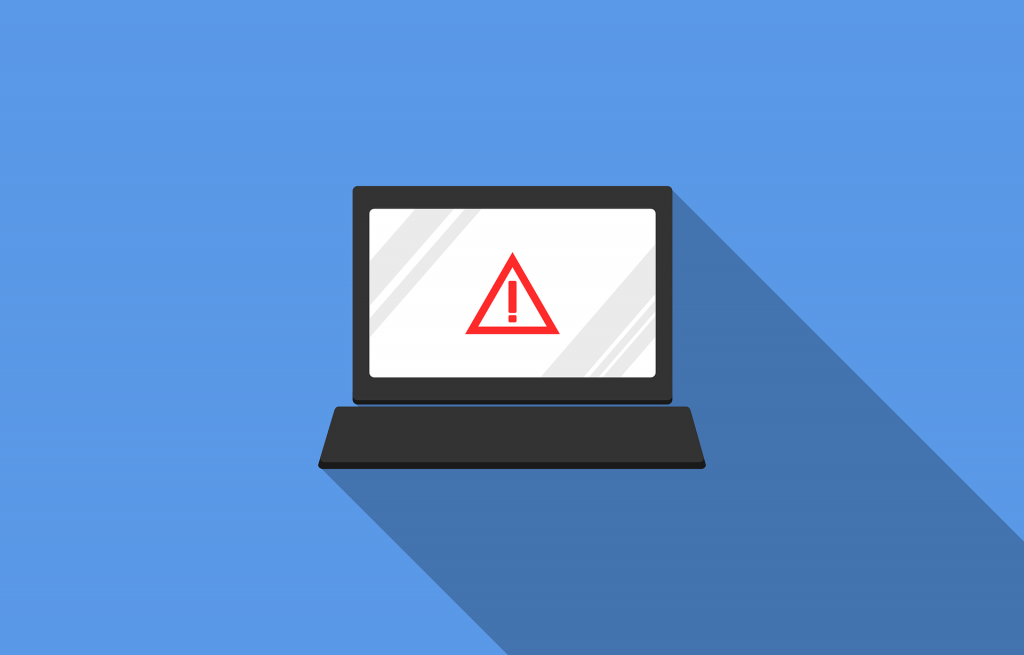Alerts have become the backbone of monitoring and providing feedback in modern application development lifecycles. They can be integrated into the development process from the development, build, testing, and deployment stages to ongoing monitoring of an application.
Alerts are highly useful for identifying issues in different stages of a DevOps pipeline. However, the sheer number of alerts that are generated can quickly lead to alert fatigue. In this post, we will explore how to mitigate alert fatigue in a DevOps pipeline.
What is Alert Fatigue?
There are multitude of alerts generated in a DevOps pipeline, such as build or test success and failure notifications, application packaging information, threat and vulnerability notifications, and resource allocation information. Yet, all these alerts are not critical, and most of them are insignificant. Besides, trying to deal with all these alerts will quickly overwhelm users and cause alert fatigue.
Too many false alarms or unnecessary information makes it nearly impossible to deal with all the alerts wasting both the resources and time of the DevOps team. Furthermore, it can lead to team members ignoring alerts or reducing the overall frequency and the parameters of alerts without proper consideration. This can lead to the ignorance of alerts with real importance, causing issues in a DevOps pipeline.

Causes for Multitude of Alerts
The primary cause for alert fatigue is the overwhelming number of alerts. Following are some of the reasons contributing to this high number of alerts.
- Configurations Issues – Users might have configured unnecessary notification agents that push out all the alerts. For example, deployment teams will only need warnings or errors, and security teams will only need application firewall alerts for a specific set of endpoints. Furthermore, information alerts can be safely ignored in AWS Elastic Beanstalk environments.
- Scoping Issues – Scoping issues go hand in hand with configuration issues. These issues can be avoided by scoping alerts to the proper notification level and the relevant end-user. The scope is determined by what needs to be captured via the alert. For example, if the application is targeted for a specific PHP version, users do not need constant alerts about new PHP versions each time the application is packaged. Besides, alerts should be sent to appropriate team members. For instance, alerts about unit test failures should be sent to QA and Dev, while alerts about deployments failures should be sent to the Ops team.
- Management Decisions – The management team will mandate that all the team members are aware of all the issues or enforce alerts for all DevOps tasks. These short-sighted areas can directly result in alert fatigue and lead to employee burnout while reducing the overall efficiency of the DevOps pipeline.

Dealing with Alert Fatigue
Now that we understand the issues which lead to alert fatigue. Let’s see how to deal with them effectively in DevOps.
- Plan the alert structure for each stage of the DevOps pipeline and carefully implement only the planned alerts. This should be an inter-departmental effort to capture all the requirements properly and scope them to the necessary user groups. When the CI/CD pipeline is triggered, build failures or warnings at specific stages are notified to only developers, while successful builds are notified to QA and other teams. Additionally, deployment failures are notified to the Ops team. This greatly reduces the number of alerts for each team member, allowing them to focus on actual incidents or issues.
- Remove all unimportant and redundant alerts from the DevOps pipeline and consolidate alerts. Alerts for tasks such as report generation and informative messages can be completely removed or moved to a consolidated notification board so that users can view them if needed.
- Adopt a tiered approach to alerts and categorize them according to severity and importance. Then those alerts can be further drilled down by the alert recipient. Level 1 alerts can be directed to developers and the Ops team, while Level 2 or 3 alerts will be directed to team leads. This will help create a more efficient DevOps pipeline as issues will be directed only to the appropriate personnel.
- Create actionable alerts by including information that can be useful in troubleshooting issues rather than simply informing of an issue. When there are more details in an alert, it is possible to understand and pinpoint issues quickly. For example, include information about affected resources in the event of an infrastructure failure. Moreover, include information related to affected endpoints and intruder information when it comes to intrusion prevention. This helps to identify and mitigate any issues easily.
- Distribute alert handling across team members. This is especially important for the Ops team as they are responsible for the ongoing monitoring of an application. Create schedules and assign team members to monitor alerts. This scheduled monitoring, coupled with allocating additional team members at high alert times (high application usage), will lessen the burden of consistently monitoring alerts.
- Evaluate and improve alert policies constantly. Managing alerts is a continuous process as user requirements, customer requests, and application life cycle changes will contribute to modifications in alerts. In these instances, carefully evaluate all the requested changes and incrementally introduce or change alerts with minimal impact to the SDLC.
- Utilize third-party tools to manage, consolidate, and visualize alerts. This allows users to integrate alerts with multiple platforms and requirements while managing them in a centralized location. On top of that, these third-part tools offer additional features like automation to trigger automated scripts that aid in troubleshooting issues.
Conclusion
Alert fatigue is a significant concern that will negatively impact any organization. Ignoring it can lead to disastrous consequences from employee burnout to data leaks that result from missed vulnerability alerts. Since DevOps has become the heart of the modern software development process, organizations must implement proper alerting policies and guidelines to mitigate alert fatigue and keep the DevOps pipeline at its peak efficiency.
The post How to Effectively Deal with Alert Fatigue in DevOps















